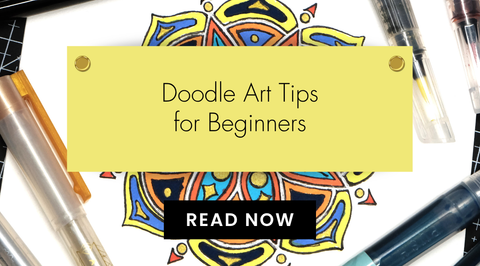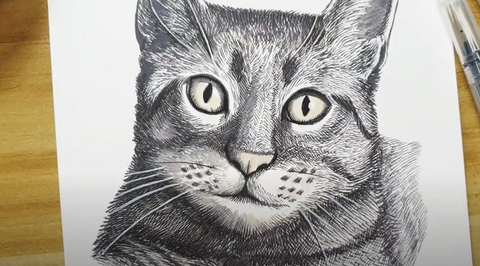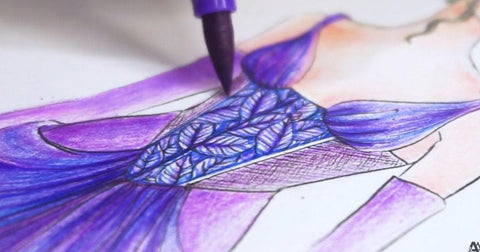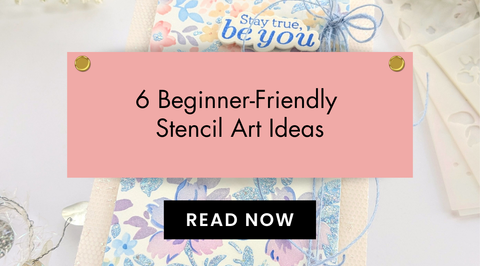Still-Life Art: How to Capture the Beauty of Mundane, Everyday Objects
Last Updated: July 29, 2024
“I love painting still lifes because there's a feeling of musical, flowing experience. The drawing doesn't matter as much - what you're really after is a feeling of clarity and beauty.” —- Jacob Collins

In the hustle and bustle of our fast-paced lives, we often overlook the subtle beauty that surrounds us every day.
Still life art provides a unique opportunity to pause and appreciate the aesthetic qualities of ordinary objects that we might otherwise take for granted. From a simple vase of flowers to a bowl of fruit, still life allows artists to explore the beauty in the mundane, inviting viewers to see the world through a new lens.
Finding Beauty in the Everyday
Still life art has a long and rich history, dating back to ancient times. Artists have always been fascinated by the challenge of capturing the essence and beauty of everyday objects. In a world full of movement and chaos, still life provides a sanctuary where artists can focus on the details that make each object special.

The Basket of Apples, by Paul Cezanne (1887–1900)
Whether it's the play of light on a ceramic mug or the intricate patterns on a piece of fabric, still life allows artists to delve into the intricacies of their subjects. Still life is not limited by media, too – artists can use acrylic or oil paints, gouache, watercolor, markers, and even pencils, both for shading and coloring.
Through careful observation and skillful rendering, artists can transform the ordinary into something extraordinary.
A beginner at watercolor painting? Sign up for The Artist in You: Painting 101 Free Class!
The Language of Composition
One of the most captivating aspects of still life is the composition. Artists carefully arrange objects, considering their shapes, colors, and relationships to create a harmonious and visually appealing scene. The arrangement becomes a language through which artists communicate with their audience, guiding the viewer's eye and evoking emotions.
The use of negative space, the placement of objects, and the careful consideration of lighting all play a crucial role in the composition of a still life piece. These elements come together to tell a story about the objects and the artist's perspective on them.
|
Side Note: Speaking of lighting and perspective, read about how famous painter Claude Monet used lighting as the focal point of his artworks and created what is now known as Impressionism. |
Various Types of Still-Life Art
As a versatile and diverse genre that encompasses various styles and approaches, artists have explored different themes and techniques within still life. This results in several distinct types, common of which are the following:
1. Traditional Still Life

Traditional still life created with Woodless Coloring Pencils
This type adheres to the classic representation of inanimate objects arranged on a table or another surface. Common subjects include flowers, fruit, glassware, books, and everyday items. Traditional still life often focuses on realistic rendering and attention to detail.
2. Vanitas

Still Life with a Skull and a Writing Quill by Pieter Claesz (1628)
Originating in the 17th century, the vanitas still life genre explores the theme of the transience of life and the inevitability of death. Symbols of mortality, such as skulls, hourglasses, and wilting flowers, are often incorporated to remind viewers of life's impermanence.
3. Contemporary Still Life
Contemporary still life art takes a more modern and experimental approach. Artists may incorporate unconventional objects, play with abstraction, or use mixed media. This type allows for a broader interpretation of the genre, often pushing the boundaries of traditional representation.

4. Floral Still Life
This type of still life focuses exclusively on flowers and floral arrangements. Artists explore the delicate beauty of blooms, paying attention to color, form, and texture. Floral still life can range from realistic depictions to more abstract and stylized interpretations.
5. Photorealistic Still Life

Artists in this category aim to create highly detailed and realistic representations of objects. Using advanced techniques, such as meticulous shading and precise brushwork, they strive to make their paintings resemble high-resolution photographs.
6. Minimalist Still Life
Minimalist still life art simplifies compositions, often featuring a limited number of objects against a clean background. This type emphasizes the beauty of simplicity, relying on careful placement and negative space to create a visually striking effect.

7. Symbolic Still Life
Artists use symbolic still life to convey deeper meanings or messages. Objects in the composition may carry metaphorical significance, representing ideas or emotions beyond their literal interpretation. Symbolic still life often encourages viewers to contemplate the underlying themes.

8. Abstract Still Life
Abstract still life breaks away from realistic representation, focusing on shapes, colors, and forms rather than detailed rendering. Artists in this category may distort or exaggerate objects, prioritizing the expressive and emotional aspects of the composition.
9. Found Object Still Life

Still-life painting created with the Strolling Through New York Artists' Gouache Set
This type incorporates everyday objects as they are found, often arranged spontaneously or haphazardly. Found object still life celebrates the beauty in the ordinary and mundane, encouraging viewers to appreciate the aesthetics of the everyday.
10. Kitchen Still Life
Artists may choose to focus on objects associated with the kitchen and culinary activities. Common elements include utensils, cookware, ingredients, and food items. Kitchen still life can evoke a sense of domesticity and warmth.

These categories are not mutually exclusive, and many artists incorporate elements from multiple types of still life in their work. The diversity within the genre allows for endless exploration and creativity.
Capturing Time and Transience
Still life art also allows artists to freeze moments in time. A ripe piece of fruit, a fading bloom, or a half-empty cup of coffee – these objects become symbols of transience. By immortalizing these fleeting moments on canvas, artists create a sense of nostalgia and contemplation.
The ability to capture the impermanence of life adds depth and emotional resonance to still-life art. Viewers are prompted to reflect on the passage of time and find beauty in the ephemerality of the objects depicted.

The Therapeutic Power of Still Life
Creating still-life art can also be a therapeutic and meditative process. The focused attention required to observe and render each detail fosters mindfulness. Artists often find solace in the act of creating, and viewers can experience a sense of calm and contemplation when engaging with still-life pieces.
Learn How to Establish Daily Habits to Nourish Your Creativity!
Capture the Beauty of the Mundane with Still-Life Paintings

In a world that often seems to move too quickly, still life art invites us to slow down and appreciate the beauty that surrounds us. Through the careful observation of everyday objects, artists capture the essence of life's fleeting moments, creating timeless pieces that speak to the universal human experience.
So, the next time you find yourself pausing to admire a simple arrangement of objects, remember that you, too, can explore the beauty of still life in your artistic endeavors.
And if you run out of ideas, let us inspire you with various art topics and insights in The Creative Corner. Happy painting!






